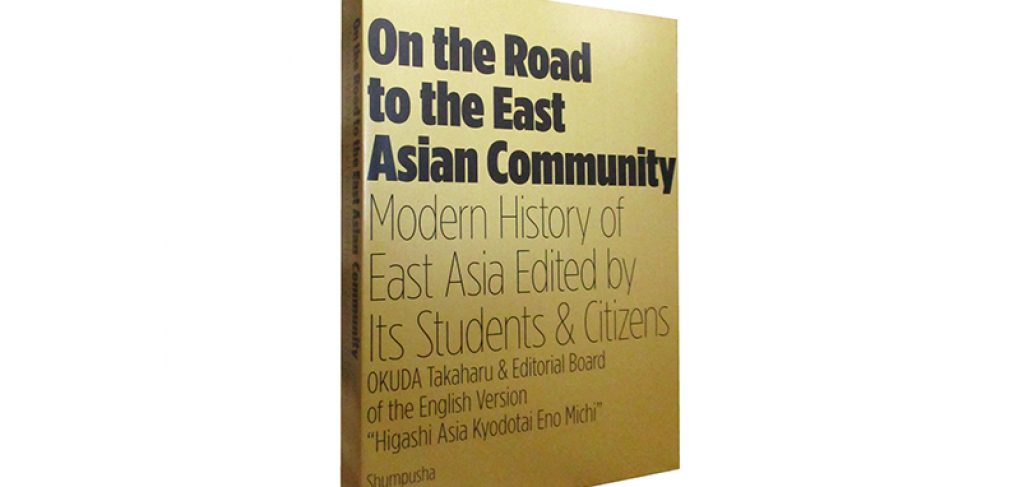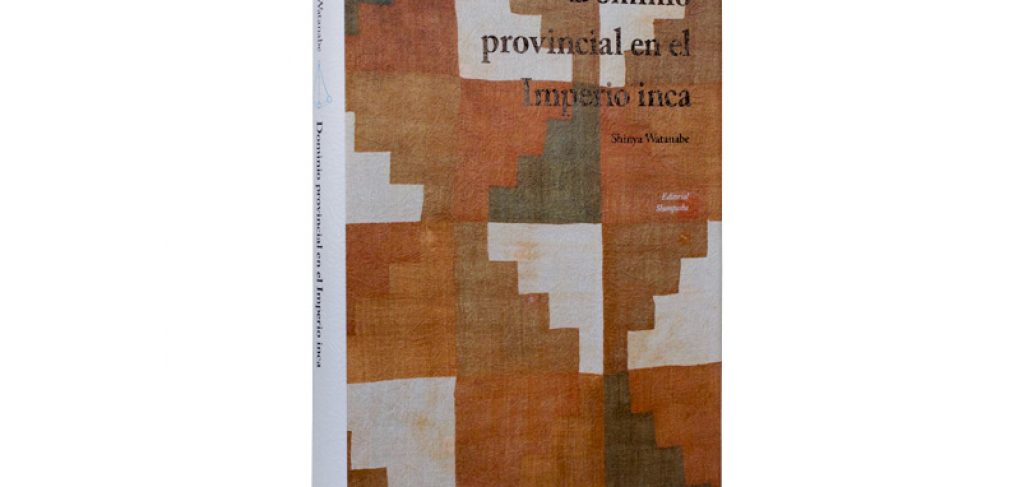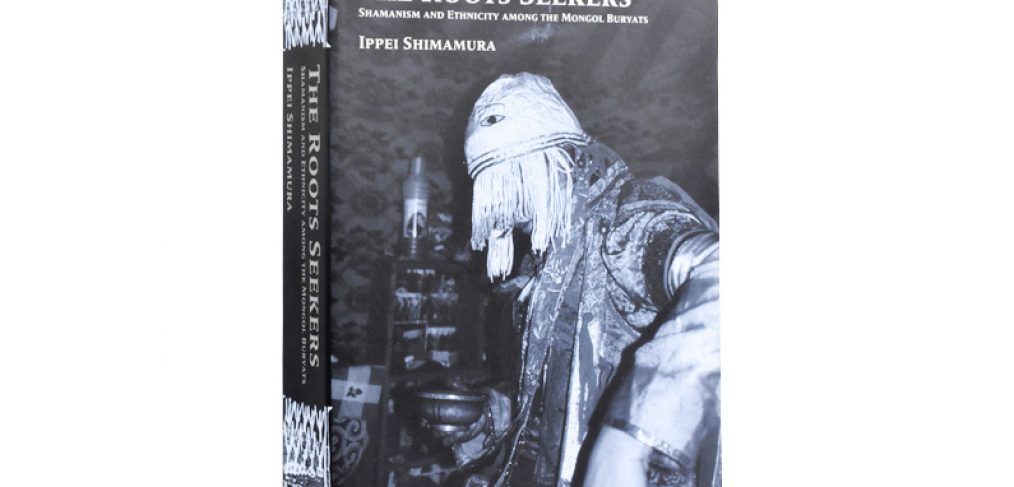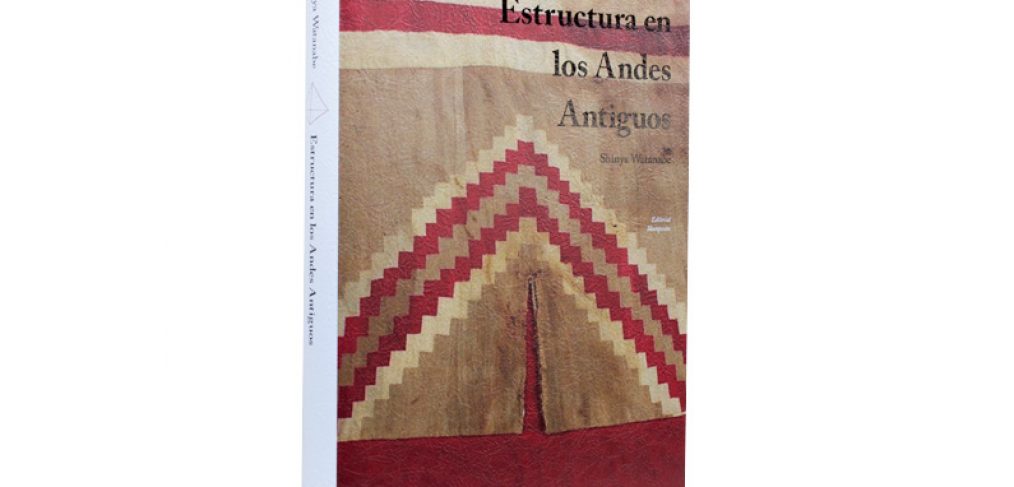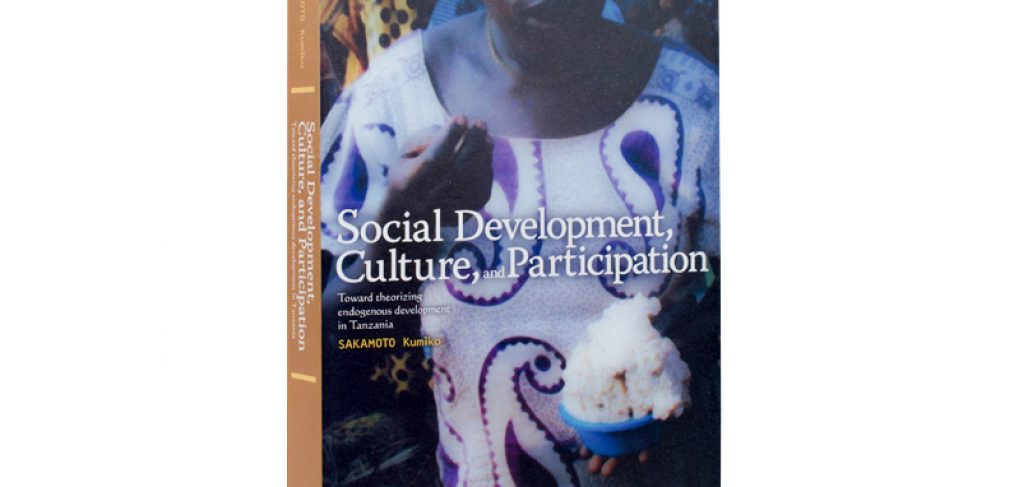On the Road to the East Asian Community
Modern History of East Asia Edited by Its Students & Citizens
- OKUDA Takaharu & Editorial Board of the English Version “Higashi Asia Kyodotai Eno Michi” / 2019.12
- JPY 6,000 / A4 size, softcover, 522 pages
- bookdesign: Toshinobu NAGATA
An intellectual movement for writing transnational East Asian modern history project from viewpoint of public citizenship of its community: How could we achieve to “re-historize” compositions and conflicts on modernization in East Asia, as a basis for establishing new concert in the emerging East Asian community?
(ISBN 9784861106552)
Table of contents
Preface to the English Edition
Foreword: From Editorial Board of Chapter I & II
Introduction
Chapter I Modernizations in East Asia & Rising Imperialism In Japan: The “Western Impact” and Fates of East Asian Nations
§1. Domination of East Asia by the Western Powers & Establishment of the Meiji Government: Formation of Nation-State and its Problems in Japan
§2. Before and After of the Sino-Japanese War: Established Japanese Views on Asia and Development of “Modernization” in Korea and China
§3. Before and After of the Russo-Japanese War: Colonization of Korea, Subordinating China and Rising Imperialism in Japan
§4. The Xinhai Revolution: Development and Confusion of National Revolutionary Movements in China
Chapter II In the Era of Emerging Nationalism: People’s Struggles Fighting against Colonial Rules in Asia
§1. The March 1st Movement of Korea and the May 4th Movement of China: Evolution of Anti-colonialism & Nationalism in East Asia
§2. Around the Great Kanto Earthquake: Transformation of Japan’s Society and Escalation of Aggression
§3. Reflection on the 36 Year’s Colonial Rule over the Korean Peninsula: Various Aspects of Structural Violence Brought by Japan’s Imperialism
Chapter III The Asia-Pacific War, 1931-1945: War and Peace, Domination versus Peoples’ Struggles for Liberation
§1. The Manchurian Incident and East Asia: Illusion of Puppet Empire of Manchukuo
§2. The Second Shino-Japanese War: Peoples’ War, War Crimes and Responsibility
§3. The Asia-Pacific War: Peoples’ Struggles against the Greater East Asia Co-prosperity Sphere & Collapse of Imperial Japan
Chapter IV Nation State and Civil Society in East Asia, Straying Roads for Creating “Soul of Citizenship”
§1. The Cold War and East Asia: The “Hot War,” Construction of New Nations, and the Reform and Transformation of the Japanese Society
§2. Ambivalent Development of Nation State and Civil Society in East Asia
Chapter V Wisdoms for Tomorrow, From Reprisals to Reconciliation: Spirit and Hopes as Citizens of the Emerging East Asian Community
§1. The Era of Emerging East Asian Community: Our Way of Co-existence and Wisdoms for Tomorrow
§2. Long March to the East Asian Community
Chapter VI Thinking about Ourselves in the Contemporary East Asia: Questioned from Experiences of the March 11, Fukushima and Okinawa
Editor
OKUDA Takaharu & Editorial Board of the English Version“Higashi Asia Kyodotai Eno Michi”
OKUDA Takaharu is a professor of Faculty of International Studies, Department of International Understanding, Bunkyo University. Works: Milestones of Our International Studies (Souseisha, 2019), Our Globalization Studies, Bridge for the World and Tomorrow (Souseisha, 2017), Future & Goals of Our International Studies (Shinhyoron, 2015), and many others.
Order this book

